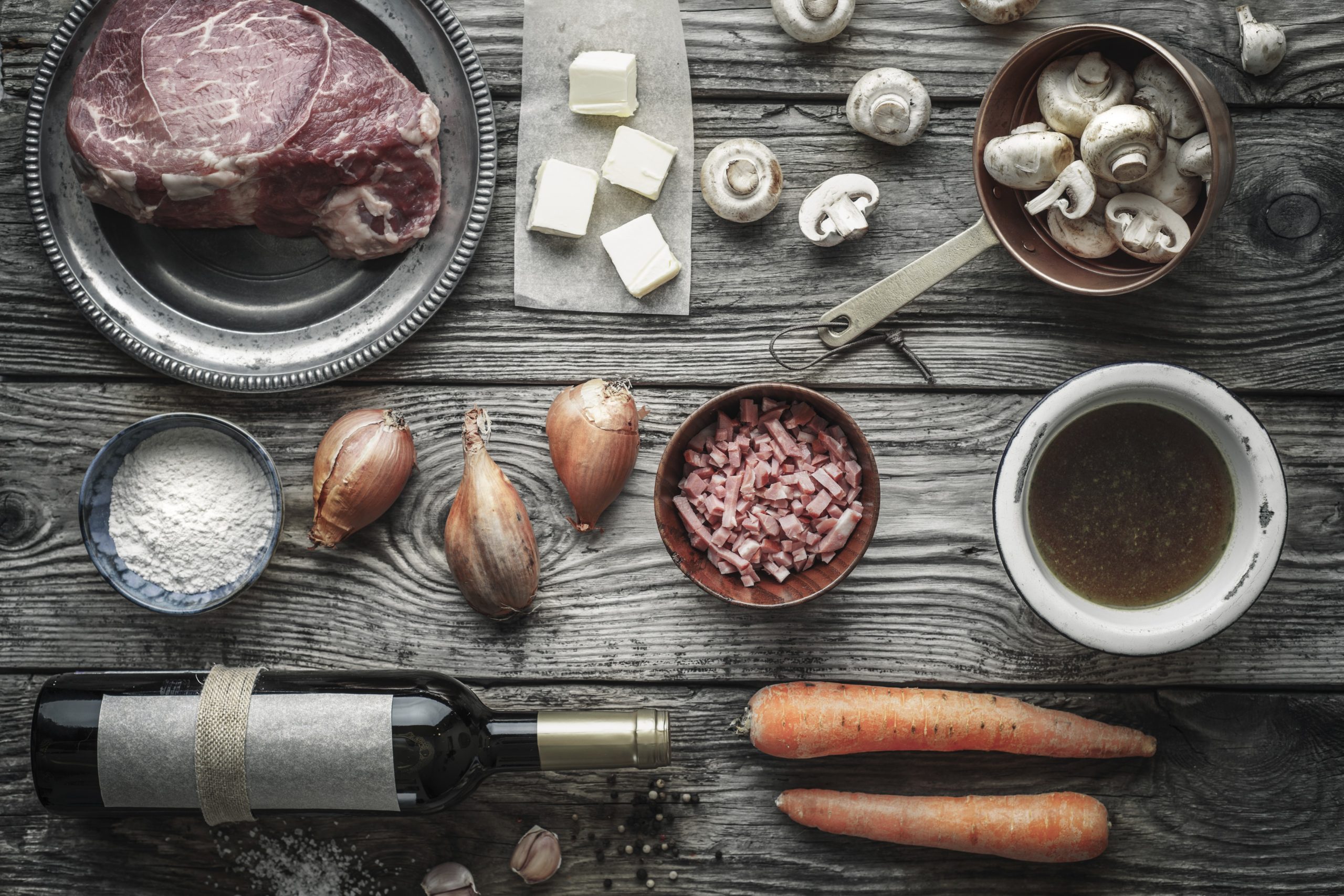
Want to quickly learn the main differences between a slow cooker/crock pot and pressure cooker? This may help. Slow cookers seem more common, more talked about and more known. In contrast, it seems more difficult to find people with experience and knowledge of the pressure cooker. We all probably know something about the slow cooker. It’s extremely easy, the meal is tender and flavor full, and it takes hours upon hours. So the thought that something else out there (the pressure cooker) can produce similar results in a manner that actually speeds up cooking time rather than takes double digit hours is intriguing. The following information is covering an article written by Kelli Foster at thekitchn.com.
Both cook tough cuts of meat, soups, grains and vegetables. Slow cookers rely on low temperature, moist heat for 6-12 hours. In contrast, pressure cookers use steam and pressure to cook food more rapidly than other cooking techniques. Here is the cool part about pressure cookers. The pressure cooker creates a seal around the food and liquid. As the temperature of the liquid rises, steam is formed, and this steam acts to increase pressure inside the unit. The pressure increase is accompanied with a higher boiling point of the contents inside the unit. Two things happen. The increase in boiling point allows for speedier cook times, and the pressure forces fluid into food, greatly increasing tenderness.
“The rising temperature and increased pressure cook the food at two (up to three) times the normal rate.” Said Foster.
It seems like a huge advantage to the pressure cooker is the speed at which it can cook rice, beans and other grains.
Faith warns that recipes may not translate well between the two cooking appliances. The same foods can likely be made between either two, quantity of ingredients and obviously cook times will differ.
Slow Cooker vs. Pressure Cooker Experiment
Paul Hope and others at goodhousekeeping.com did an interesting experiment. They cooked identical beef stews in both appliances to compare time, texture and taste.
Time
The slow cooker took 8 hours to complete the stew, at which no point in time did anyone need to do anything. Incredibly, the pressure cooker only took 50 minutes: 15 minutes to achieve pressure, 16 minutes to actually cook, and 20 minutes for the pressure to drop. The pressure cooker required someone to be near at all times.
Texture
The cubed beef was moist and tender from the pressure cooker, while the beef was dried out and overcooked from the crock. Veggies were soft and mushy from the pressure cooker, yet intact and possibly too crisp from the crock. Potatoes were just right from both.
Taste
They thought the pressure cooker won hand over fist in taste. Beef, veggies and potatoes were rich from the pressure cooker and bland from the slow cooker. However, the gravy reigned superior in richness and taste out of the slow cooker.
Verdict
“While the pressure cooker prepared a superior tasting dish, it all comes down to how you want to spend your time. The slow cooker is great for hands off cooking. The pressure cooker is fast and provides a better result, but you need to be in the kitchen the entire time it’s on the stove.” Said Hope.
Sources
- www.thekitchn.com. What’s the Difference Between a Slow Cooker and Pressure Cooker?
- www.goodhousekeeping.com. Slow Cooker and Pressure Cooker. Which is better?
Dan Manson is a dual degree student at The Ohio State University and an ACE certified personal trainer. He has completed his biochemistry degree and is finishing his second degree in human nutrition/dietetics. Prior to his experience at OSU, Dan successfully completed three quarters of the Doctor of Physical Therapy (DPT) program at Ohio University. He made the change in career paths based on his very strong interest in the sciences, and the impact he strives to make on others in the area of nutrition. Special hobbies and interests include: diabetes, cancer, metabolism, nutrition, coffee, tea, wine, exercise training physiology.









1 Comment